Nutanix CEO Hands Partners ‘Tremendous Service Opportunity’ In Multi-Cloud
‘We are a product company. We are not a services company. We want to use our partners to deliver services on our platform and this is how they do that. It’s an opportunity for them to get value and create more value for themselves,’ Nutanix CEO Rajiv Ramaswami tells CRN.
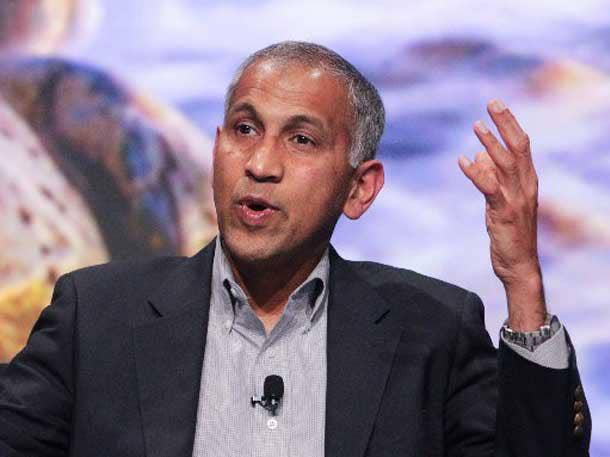
Nutanix CEO Rajiv Ramaswami has an offering that can solve one of the most urgent, vexing problems in digital transformation by making a customer’s workloads and applications portable between the public cloud and on-premises.
“Every cloud is a silo. Your on-prem is different from your edge, is different from Public Cloud A, Public Cloud B and Public Cloud C,” Ramaswami said in an interview with CRN. “We offer freedom of choice and flexibility at every layer of the stack.”
Partners have told CRN it gives their customers a chance to determine how to best optimize their mission-critical applications in the multi-cloud and hybrid cloud worlds.
[Related: Nutanix Partners See Project Beacon, Other New Offerings As ‘Milestone’]
“It’s going to make the adoption of Nutanix that much better,” said Mark Graham, vice president of partner business development with solution provider Trace3, based in Irvine, Calif. “It just further solidifies a customer’s decision that they don’t have to be afraid of too much complexity because they are here to make it simple for me.”
But Nutanix also has a problem with the federal government.
It has fallen out of regulatory compliance with the U.S. Securities and Exchange Commission for failing to file its financials for the last quarter. This comes after it discovered a licensing issue with one of its vendors. It turns out Nutanix used a trial software license for proof-of-concept testing as well as other business functions for a multiyear period. The company is now in the midst of an internal investigation to get to the bottom of the issue.
Ramaswami, however, told CRN Tuesday that the matter is “not fundamental” to Nutanix’s ongoing business.
In an interview at the company’s .NEXT show in Chicago, Ramaswami spoke with CRN about the company’s new offerings, the opportunity for partners, his take on VMware whether or not Broadcom acquires it, and more.
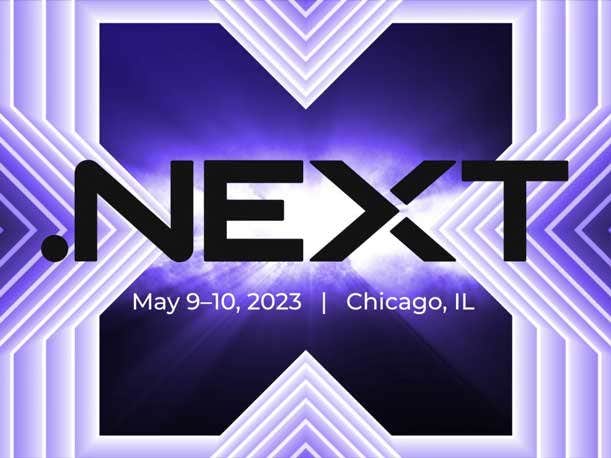
The Nutanix announcements at .Next are about how you can run any application and full-stack anywhere you want on Nutanix. How do the individual announcements differ?
I break them up into three categories: One is a platform for running all workloads. Second is being able to operate in a multi-cloud environment. Now the third category is taking a step above the infrastructure layer. So, yes, with what we’ve done with No. 1 and No. 2, we get the infrastructure platform that runs everywhere.
But what do people do on top of that? They build apps and run apps. Now when they build apps, these apps require an underlying compute substrate and of course they require storage too. The compute substrate is Kubernetes for modern apps, and it’s available everywhere.
Now when you look at the data services that these apps need, the apps need databases, they need messaging and streaming. They need caching. And today, if you look at where those services are provided, they’re all available in public clouds. You can go to Amazon and get RDS [Relational Database Service]. You can get an RDS caching service out of Amazon, all of these and they’re available in the other public clouds, but the problem is they’re all different. They’re still lock-in, and portability is still very difficult.
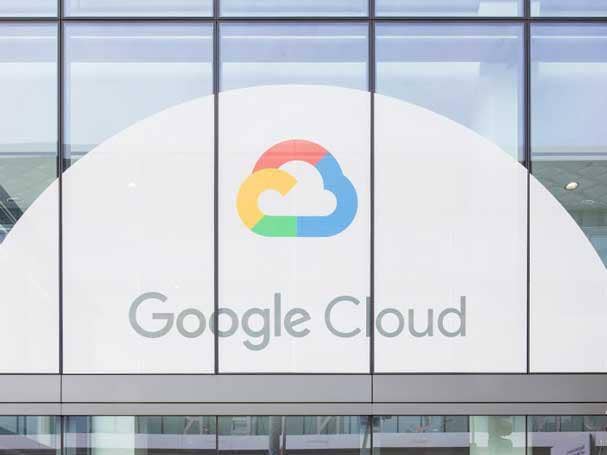
So you can get it through Amazon. But what if you need to go to Google?
It’s harder. It’s much harder.
So we started out with databases. Our vision is to say, ‘OK, you can take an app. You need compute.’ Compute is available and it’s pretty portable anywhere.
We want to do the same for data services. So we give you a set of data services available everywhere, on-prem, as well as in your public cloud of choice. Essentially we do what we’ve done in the infrastructure layer, but as a data platform services layer. So we start out with databases. We have that available on-prem, we’ll extend that to the public cloud and be able to run on any underlying data substrates.
And then beyond that, this is why this is a five- to 10-year journey for us. It’s not an overnight journey. Look at other data services that people need to build that.
The ultimate vision is to say, ‘Company, you can build an app. You can use these services and you can run them anywhere and you can be easily ported.’ That’s the vision. That’s the next level up and that’s the journey for us.
So it all kind of fits together, which is you have a platform for running all workloads, you have a platform available everywhere and easy to manage across a multi-cloud environment. And then sitting on top of that is a way for you to build apps and run them in a portable way anywhere.

Can you talk about what this means for Nutanix partners in terms of a services opportunity?
[There is a] tremendous service opportunity for partners with each of these.
A lot of companies when they migrate from old architecture to the new, which a lot of times they do, they want to understand how well the new architecture is going to perform.
In an evaluation of all their workloads, what can be moved to the new architecture? How are they going to perform? Partners can be the front end of that, helping customers with that journey just to go from the old to the new right in there.
They can offer migration services. Now it gets even more complicated when you have to go from there to the cloud. And this is where I feel like partners can do what’s called cloud assessments.
They can use some of our tooling to help them understand cloud costing and cloud TCO benefits. They can look at the actual migration itself and provide migration services.
And they can provide an ongoing kind of set of services to even help them continue to optimize our environments. So there’s a lot of opportunities there.
And then with the Project Beacon ... there’s a whole thing about application development that for partners is not infrastructure services, but application services in terms of looking at how do you build apps and how do you actually get these apps to be running in a portable way.
And there’s companies like Accenture who focus a lot on on that kind of stuff today, but it’s an opportunity for a lot of partners to build application-specific services.
We are a product company. We are not a services company. We want to use our partners to deliver services on our platform and this is how they do that. It’s an opportunity for them to get value and create more value for themselves.
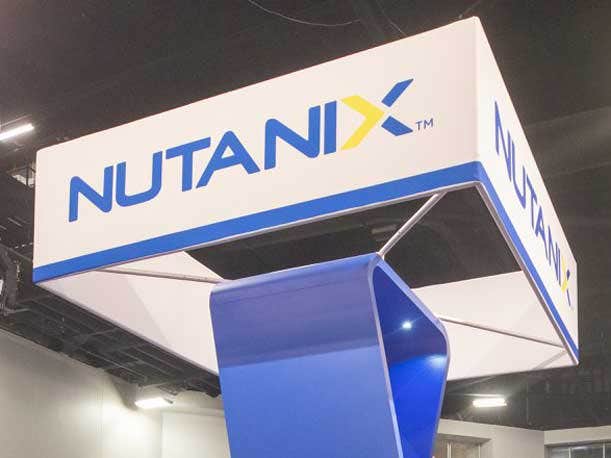
While partners are universal in praising Nutanix’s engineers and support, there is a drumbeat out there among partners who have asked for more stability in sales.
I 100 percent agree. I would say it has stabilized a lot. If you look at it over the last six months or so, I think things have gotten a lot [more] stable. We’ve got solid channel leadership now. We’ve got not just channel but across the entire sales team. I think you’ve seen it, and I don’t think this was necessarily unique to us. By the way, alot of companies went through this big talent rotation during the COVID times [with] ... The Great Resignation. But it’s really slowed down tremendously.
In fact, it’s almost reversed temporarily and a lot of other tech companies are doing layoffs and stuff like that. And we’re not.
We did not overhire. One of the priorities I set was we have to operate with discipline to be a profitable growing company. The recipe for that is not to hire like crazy.
What are your thoughts on VMware as a competitor in the next year? There is a lot going on with the Broadcom deal.
Let me say that I respect VMware a lot. I think they’re a great company with great talent, great technology.
With Broadcom buying [the company] there is a lot of churn. Now I don’t know whether the deal is going to happen. Clearly there is a lot of regulatory scrutiny.
Now if it happens, I think customers are very concerned about the risks, pricing, the support levels coming down, costs being cut, product road map being uncertain, so they’re all looking at the risk and figuring out what they need to do on that front.
If it doesn’t happen, it’s also still somewhat challenging because VMware is losing a lot of talent now. You read about it everyday on LinkedIn. So it’s not an easy situation either way.
For us though, we continue to talk to our customers saying, ‘We’re in here for the long term. We’re looking to help you guys. Let us know how we can help you.’
And our customers, some of them are saying, ‘I’m\pretty happy with where they are’ and ‘I’ll wait to see what happens.’
Others are saying, ‘This is a significant increase in risk. I’ve seen what has happened with some of the other acquisitions of Broadcom. I want to do a more active job of looking at alternatives.’
None of this means [that] overnight there’s going to be some big shift. It’s going to take time in the industry.

I was on the last earnings call. I’m interested to know who the vendor is that you guys were doing business with, how much that’s going to be in terms of the money, and where’s the 10-Q?
So I can’t give you any more color on that because the investigation is still running. But we hope we’ll be able to complete it soon. And we hope to be able to make a public disclosure on this soon, at which point all of this will become clear in the public disclosure.
Do you plan to be full-throated about this with investors and partners?
As much as we can. So we’ll try to lay it out. Of course, we want to get the 10-Q filed. And as part of the 10-Q, there will be all these disclosures. And we do, of course, want to get that done as quickly as we can, but also as thoroughly as we need to be.
Are you at all concerned about whether it’s fines from the SEC or whether it’s potential legal action from the FTC? Is that something that you’re concerned about, with the delay?
It’s hard for me to say at this point yet. I think we’ll have a much better clearer idea after we finish through all of this.
But again, my fundamental view on this has not changed, which is this is not something that is fundamental to our business. It’s something that we will get through. We will do the right thing. We will make sure it doesn’t happen again.
Also, it’s not something we want to do as a company or the practice at all. We want to be able to go get past this quickly, but also thoroughly understand exactly what happened. [We want to] make sure we take the appropriate steps and then find the appropriate financial thing and do what it takes. So as long as we do the right thing and we move forward, it’s not fundamental to our business in any way and we’ll get past it and move on.
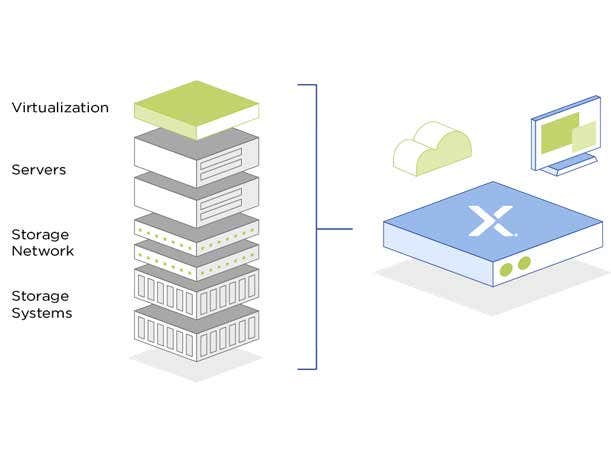
Can you talk about how virtual desktop infrastructure was made for multi-cloud?
If you look at the history, in fact, I still find this among customers [that] VDI was the first workload to land on HCI. And a lot of customers haven’t moved past that in their mindset when thinking about it.
But the first step in that journey was HCI is a platform for running all workloads in the data center, including the most mission-critical database workloads. And today when we do surveys, we found 70 percent of customers are using us for database workloads already.
So that move has happened in a very quiet way as the platform has gotten better and better every step, every release, for handling all those workloads. Now you go to the next step beyond that. Now you’re going to run these applications everywhere, including in the hybrid cloud and in the public clouds.
If you look at a three-tier architecture, you’re not going to go take that into the public cloud. You can’t.
The software layer with HCI, with the underlying commodity hardware server layer, is exactly what clouds do. And so it’s a natural way for us to say, ‘Take the same exact same software, we can run that in the public cloud on bare metal.’ And it works in exactly the same way.
So it provides customers an extension from their on-prem data center into the public cloud, which legacy architecture will not do.
Let’s talk more about you and Nutanix and where you are taking the company the rest of the year?
We will continue to evolve the platform so it can grow and meet all the largest, most demanding workloads, run it at a large scale. That’s priority No. 1.
Priority No. 2 is to continue [make] Nutanix the hybrid cloud platform of choice. Priority No. 3 is investing in the future vision of Project Beacon and being able to deliver platform as a service.